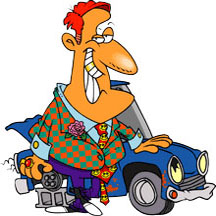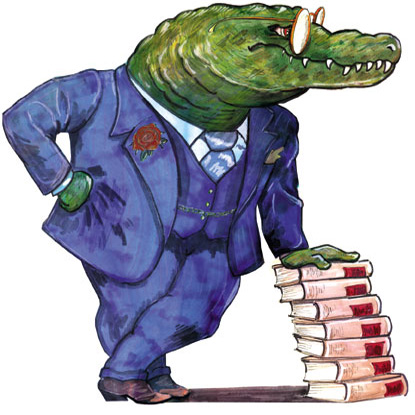I spent the five happiest years of my life in a morgue. As a forensic scientist in the Cleveland coroner’s office I analyzed gunshot residue on hands and clothing, hairs, fibers, paint, glass, DNA, blood and many other forms of trace evidence, as well as crime scenes. Now I'm a certified latent print examiner and CSI for a police department in Florida. I also write a series of forensic suspense novels, turning the day job into fiction. My books have been translated into six languages.
I'm sorry but I have absolutely no idea. You might call the labs at which you'd like to work and ask about the positions you'd like to get, and see what they suggest. They would know a lot more than I would.
Best of luck!
It depends on what you're talking about--was what contaminated with what? Lots of things can be contaminated with things without results being affected. Take blood, you can mix blood with paint or dirt or maybe oil or types of soap and that won't affect the DNA profile. If you mix it with bleach or other blood, it will. So if you had, say, heroin, and it gets mixed with fingerprint powder or cotton fibers, it's still going to test as heroin. If you mix it with cocaine, maybe it won't. (Controlled substances are not my field.) So 'contamination' is not a one-size fits-all word.
I would try oblique lighting—try laying the piece down as flat as possible and then hold a flashlight to the side so the light beam travels across the piece instead of down onto it. Adjust the light to where it’s the most helpful. With the ziploc bag you might also put a piece of dark paper inside it to increase the constraint. That’s all I can think of since I’m not an expert in questioned documents. Best of luck!
I think it would certainly be an asset!
Best of luck.
McDonald's Manager
 Were you proud or embarrassed to tell people you worked at McDonald's?
Were you proud or embarrassed to tell people you worked at McDonald's?
Car Salesman
 Are women more likely to get taken advantage of when buying a car?
Are women more likely to get taken advantage of when buying a car?
Personal Injury Lawyer
 How do I get out of jury duty?
How do I get out of jury duty?
I believe it’s a presumptive test, so it would not be considered ‘conclusive’ evidence, only an indication that further test (like DNA) would be appropriate.
I have never used an orthotolidine test, unless that’s the reagent in the Hemastix test strips. We used those a great deal at the coroner’s office—they’re very handy, but can have false positives. Deciding what reagent to use will always be a function of ease of use, possibility of false positives and false negatives, expense and hazards (such as carcinogenic properties).
Best of luck!
I think that depends entirely on where you live or want to work. If you intend to apply for lab or crime scene work in a large city, then no. If you're going to work crime scene in a remote area with a lot of outdoor scenes and animal activity, then maybe yes. Regardless, an internship at your local forensic facility would be better. If that's not possible, at least call them and ask for their advice.
Wow, that's kind of hard, possibly because we in forensics don't 'solve' cases, the detective does. We provide them the information that hopefully solves or helps to solve the case. Some that took a surprisingly short time: we had a would-be rapist drop his wallet at the scene. I recently had a burglary/arson/car theft in which I had some decent fingerprints, but they didn't match anyone in our city database. The detective had no leads at all and no idea where the car was. Then as is routine I checked the prints against the neighboring city's database, and got a hit, they questioned the suspect and he confessed. In my small town we often have the killer waiting at the scene and telling us that they did it. However, after sitting in jail for a while they may decide they were justified, so the legal trial may not even begin until 2-3 years later. One that took longer: we had the brutal double murder of a woman and a young girl in 1989. Despite a copious investigation of every friend, acquaintance, fingerprint or hair involved, no leads. Then two years ago a man was arrested on a relatively minor charge and his DNA was searched and hit on the unsolved murder. Hope that helps!
-OR-
 Login with Facebook
Login with Facebook (max 20 characters - letters, numbers, and underscores only. Note that your username is private, and you have the option to choose an alias when asking questions or hosting a Q&A.)
(A valid e-mail address is required. Your e-mail will not be shared with anyone.)
(min 5 characters)
By checking this box, you acknowledge that you have read and agree to Jobstr.com’s Terms and Privacy Policy.
-OR-
 Register with Facebook
Register with Facebook(Don't worry: you'll be able to choose an alias when asking questions or hosting a Q&A.)